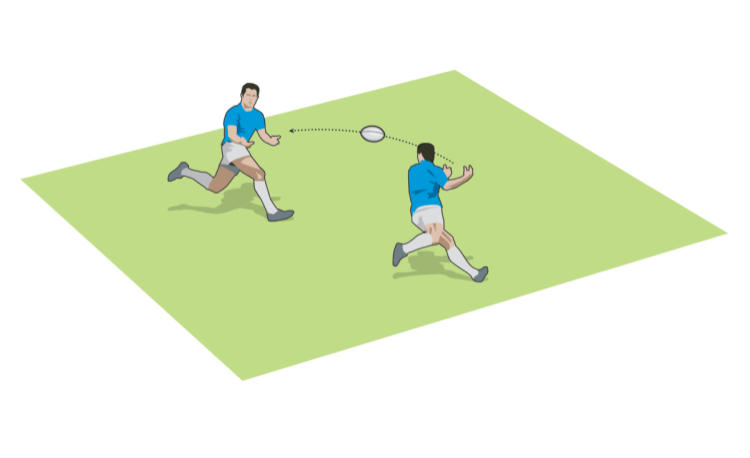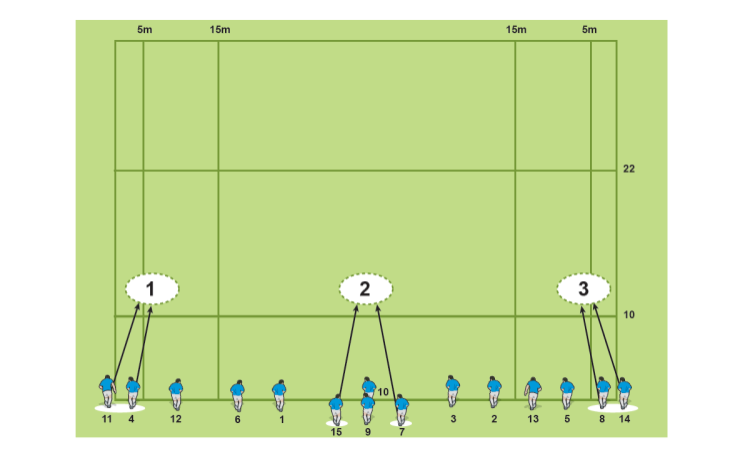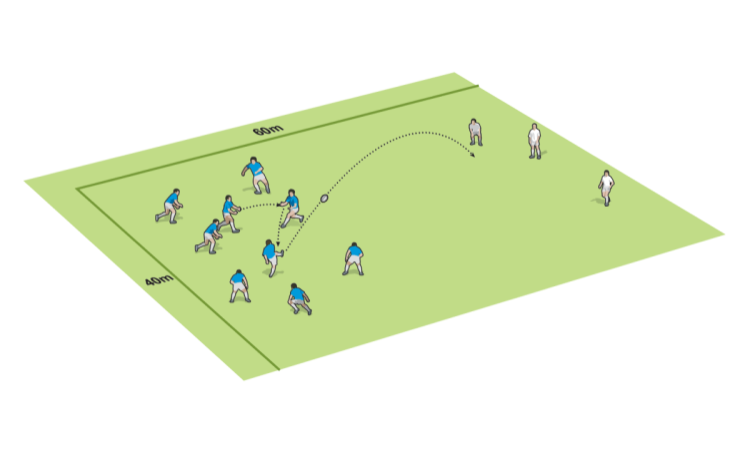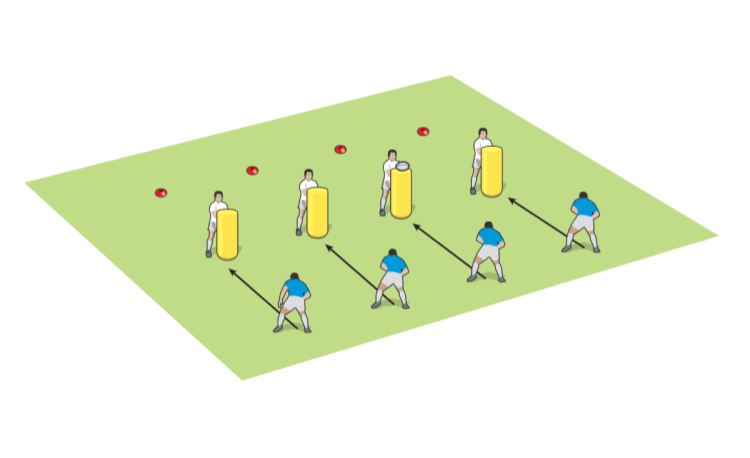You are viewing
1 of your 2 free articles
Rugby drill to work on catching a high ball
What you tell your players the drill is about
- Getting in position to catch a high ball.
- Improving your body position in the air to catch a high ball.
- Exploring your options from a secure high ball.
What you tell your players to do
- Call clearly for the ball.
- Time your jump so you can catch the ball while in the air.
- Support the catcher and give him options for your counter attack.
What you get your players to do in the drill
Split the players into groups of three, with the groups moving around the drill area, throwing the ball up for each other to jump up and catch.
The catcher must keep his eyes on the ball, call for the catch and time the jump so he catches the ball in the air. The catcher then should land in a strong position, ready to take contact if necessary.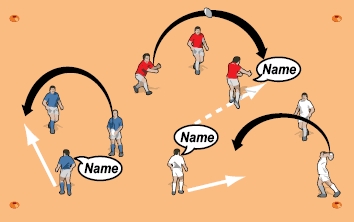
The catcher in each group calls for the ball and jumps up to catch it.
What to call out
- "Eyes on the ball until it is in your hands."
- "Arms up at head height. Fingers pointing up."
- "Get side-on to the direction of play."
Develop the drill
- Player one throws or kicks the ball towards player two, who runs forwards and times his jump to catch the ball in the air.
- Player three runs up and either competes in the air or makes the tackle on the ground.
- The kicker has to come in to support the catcher.
- Add more players to each group so there are more supporters and chasers.

The catcher has to focus on the ball and not the oncoming defender.
Game situation
Two teams of three compete against each other, playing across the 22 metre area. One team kicks the ball high for the other team to receive, and follows up the kick as a defensive team.
The catching team has to secure the ball and support the catcher. They then counter attack against the oncoming defence.
Develop the game by allowing the teams to kick back if a counter attack is not on. 
The support players communicate with the catcher and run back to support him.
What to think about
- What can I do to stop players knocking on when catching the ball?
The key is for players to get side-on when they catch the ball. This means if the ball is dropped it will go backwards rather than be knocked on. - My players are always watching the oncoming defender rather than the ball.
This is very common, especially with younger players. Start getting their technique good without any pressure from opponents. Remind them that if they are in the air, the opposition cannot tackle them.
Once they are comfortable, add opponents gradually and slowly increase the pressure they exert.
Newsletter Sign Up
Coaches Testimonials

Gerald Kearney, Downtown Las Vegas Soccer Club

Paul Butler, Florida, USA

Rick Shields, Springboro, USA

Tony Green, Pierrefonds Titans, Quebec, Canada
Subscribe Today
Be a more effective, more successful rugby coach
In a recent survey 89% of subscribers said Rugby Coach Weekly makes them more confident, 91% said Rugby Coach Weekly makes them a more effective coach and 93% said Rugby Coach Weekly makes them more inspired.
Get Weekly Inspiration
All the latest techniques and approaches
Rugby Coach Weekly offers proven and easy to use rugby drills, coaching sessions, practice plans, small-sided games, warm-ups, training tips and advice.
We've been at the cutting edge of rugby coaching since we launched in 2005, creating resources for the grassroots youth coach, following best practice from around the world and insights from the professional game.





